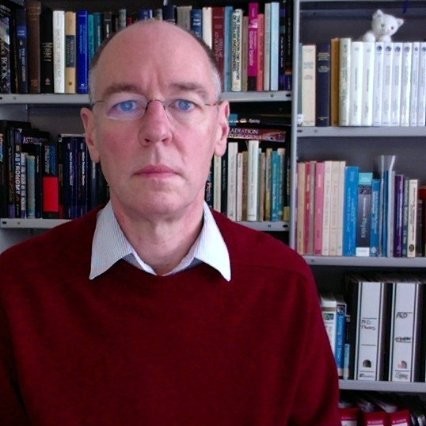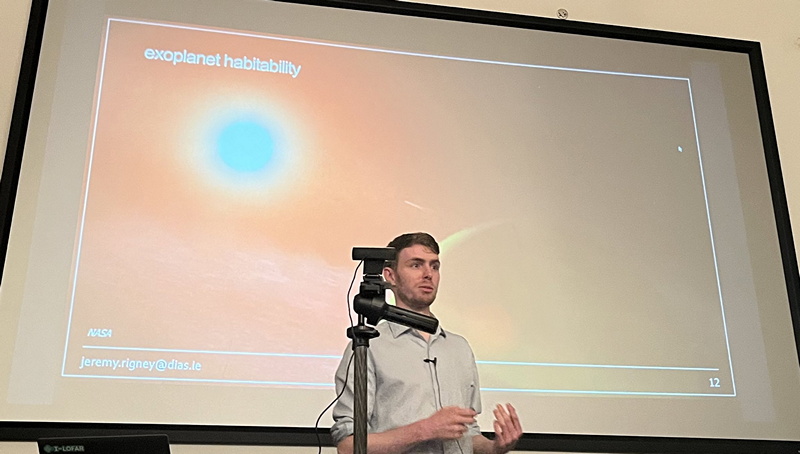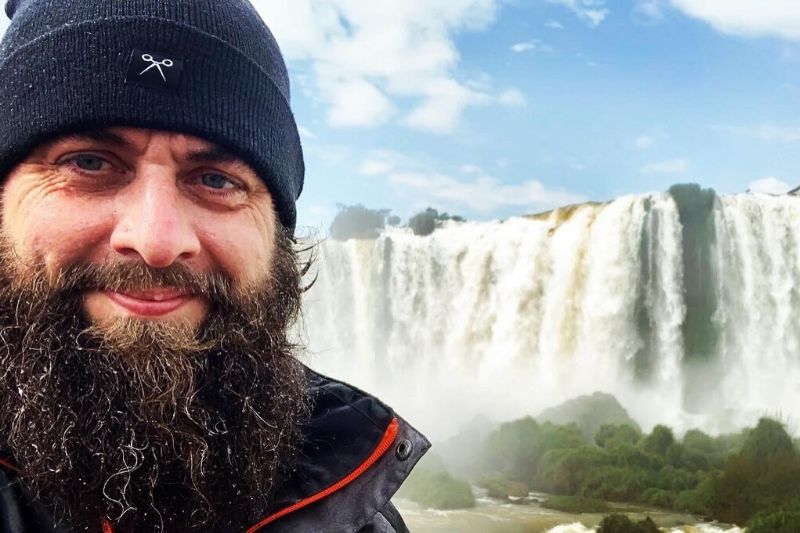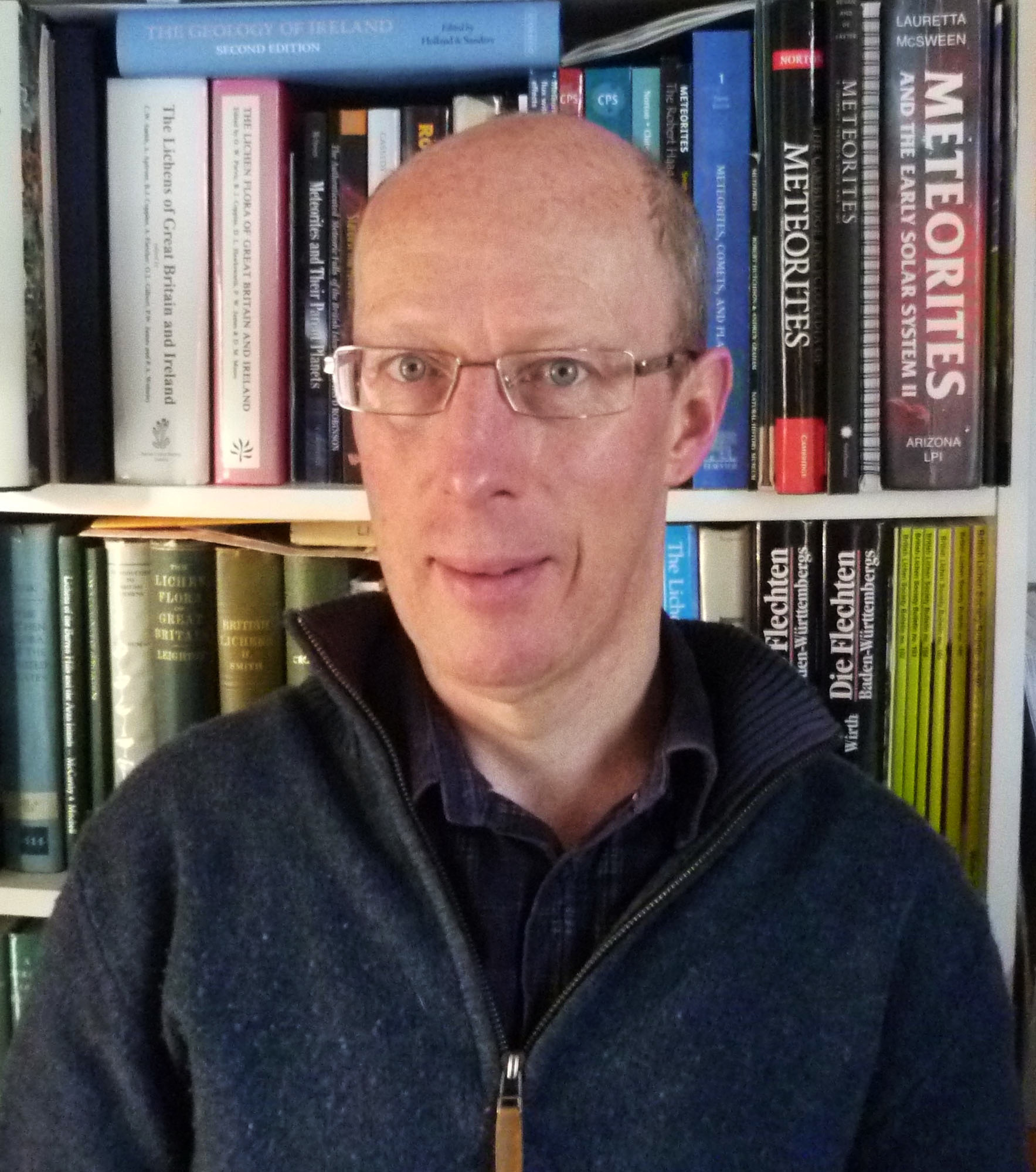All posts by iaaadmin
IAA Lecture Weds 29th March 19:30 BST – Prof Simon Jeffery, AOP.
” SALT and the super-hot zombie stars.”
SYNOPSIS
We are using the Southern African Large Telescope to carry out a survey of chemically-peculiar hot subdwarfs. Several of the stars observed could not be classified as conventional hot subdwarfs. Eight of these turned out to be extremely hot stars with surface temperatures between 110,000 K and 180,000 K. One is a white dwarf, the remainder are pre-white dwarfs; that is they are contracting towards the hot end of the white dwarf sequence.
Follow-up photometry showed that two are pulsating GW Vir stars. One is the central star of a previously unknown planetary nebula (JeWeKi 1). Four are record-breakers: the hottest DO white dwarf, the two hottest GW Vir stars, and thehottest `naked’ O(H) star.
My talk will describe the background to the survey, the observations being carried out with SALT and the new discoveries. It will attempt to explain how these stars fit into the big picture of how stars approach their final fate and how some are – indeed – dead stars reborn.
BIO: Simon Jeffery
Simon’s astronomical life started at the Royal Observatory, Edinburgh, and has taken him via a Physics degree at Imperial College, London, to St Andrews, Scotland and Kiel, Germany, before finally moving to the Armagh Observatory and Planetarium in Northern Ireland, where he works as a senior research astronomer. He has held positions as adjunct Professor of Physics at Trinity College Dublin and a Visiting Byfellowship at Churchill College, Cambridge. He is a past president of IAU Commission G4 on Pulsating Stars and is currently president of IAU Commission G5 on Stellar and Planetary Atmospheres.
Pursuing a lifelong interest in how stars work and how they vary over time, Simon’s PhD in theoretical stellar structure and evolution was followed by observational and theoretical work on stellar pulsations and atmospheres. Most stars never fully exhaust their initial hydrogen store, but retain a hydrogen surface to the very end. However, in rare and extreme cases, some stars become true ‘helium’ stars. Simon’s goal is to demonstrate their elusive origins. The surprising conclusion is that the great majority appear to have formed from the merger of two very old and faint stars … a double white dwarf. His favourite is the pulsating V652 Herculis — the ‘born-again rocket star’.
Simon would like to spend more time dinghy racing, sings baritone, and hunts wild life and seascapes with a camera.
IAA Lecture, Wed 15th March
IAA Lecture, Wed 15th March, 7.30 p.m, LARMOR LECTURE THEATRE, Physics Building, QUB
“Diving Deeper into the Radio Sky” – Solar, Stellar and Galactic Astronomy with the LOw Frequency ARray, by Jeremy Rigney, DIAS & AOP.
Synopsis: Radio astronomy has developed at an ever-accelerating rate in the past decade. With the construction of the Low Frequency Array, the largest and most sensitive low frequency radio telescope in the world, a new window into the universe has been opened. This has revealed jets from distant galaxies, new stars, and massive bursts from our Sun in higher detail than ever before.
Ireland plays a large role in the LOFAR consortium, providing the most westerly station for the telescope array and further improving its sensitivity and resolution. I will talk about the science being achieved with I-LOFAR since its construction in 2017, and my own research on other stars within our galaxy and the search for other planets with the potential to host life.
Biography:
Jeremy Rigney is a Lindsay PhD Scholar at DIAS & Armagh Observatory, linked with QUB.
Jeremy graduated from University College Dublin with a degree in Physics with Astronomy and Space Science. He is currently the Eric Lindsay Phd Scholar based jointly between the Dublin Institute for Advanced Studies and Armagh Observatory. He is registered as a PhD researcher at Queen’s University Belfast. Jeremy’s research focuses on simultaneous optical and radio signatures of dwarf stars to examine the potential impact on orbiting exoplanets. He also observes the sun at radio wavelengths to compare its emission to other stars.
ADMISSION FREE, including light refreshments – All welcome!
IAA Lecture 1st March 2023 – Dr Ryan Milligan
Rocket launching at Lough Neagh Saturday25th February
https://nisciencefestival.com/events/rockets-stars-planets-meteorites
Note you can bring your own bottles and make a Rocket at this event on Saturday PM from 15:30 onwards. Also see the Sky in our Stardome and hopefull see the Moon, Stars and Planets in the real sky if the weather plays ball!
“Bring your own 2-litre fizzy drinks plastic bottle to make into an amazing rocket, and we’ll have some of our own if you can’t. NB – they must be for carbonated, ie fizzy drinks, to withstand the pressure of the compressed air!
You can also make your own rocket in advance and bring it along: it must be a ‘fizzy drinks’ bottle as above. The following link gives an idea of what it should look like. Ignore any other websites or videos that mention a cork – we’ll use a different system. All you need to do is fit 3 or 4 stabilising cardboard ‘fins’ at the NECK end of the bottle, and a streamlining nose cone over the BASE of the bottle – it will be launched upside down! It also helps if you fit a small weight (about 50 – 100gm) securely to the centre of the outside of the base of the bottle, before fitting the nose cone
Water Rockets (nasa.gov) Ignore the ‘plume’, and everything below that – we supply the launch equipment.”
IAA Lecture, Weds 1st March, 7.30 P.M, LARMOR LECTURE THEATRE, Physics Building, QUB
Title:” Observing Solar Activity in Lyman-Alpha Emission” by Dr Ryan Milligan (QUB)
Synopsis: The Lyman-alpha line of neutral hydrogen is the strongest emission line in the solar spectrum, and yet observations of solar activity at this fundamental wavelength have been scarce in recent decades.
In this talk I will discuss why studying the Sun’s Lyman-alpha emission is so important, particularly in the context of Space Weather. I will also give an overview some recent work that I have carried out on this topic as we await data from a range of new Lyman-alpha instruments during Solar Cycle 25.
Bio: Ryan graduated from QUB with a PhD in Solar Physics in 2006. He began his postdoctoral career at NASA’s Goddard Space Flight Center under a NASA Postdoctoral Fellowship working on the RHESSI mission performing multi-wavelength studies of solar flares.
In 2011 he returned to QUB under a Leverhulme Trust Fellowship but retained his NASA connections, receiving several research grants under the Living With A Star program that allowed him to divide his time between Belfast and Washington DC.
In 2016 he was awarded a prestigious STFC Ernest Rutherford Fellowship that he took to the University of Glasgow.
In 2019 he returned to QUB to take up the position of lecturer in astrophysics and is currently leading his own research group on solar flares and space weather.
He is also an avid solar eclipse chaser.
IAA Lecture, Weds 15th February, 7.30 p.m, LARMOR LECTURE THEATRE, Physics Building, QUB,
“The Science of Superheroes in film and television” by Prof Francis Keenan, Astrophysics Research Centre, QUB.
Prof Keenan gave us a fascinating, entertaining and informative lecture a few years ago, on the ‘Science of Star Trek’, and other SF films and series. This follow-up promises to be just as entertaining and informative. It will provide a good introduction to the various aspects of the N.I. Science Festival, starting the next day. You’ve always wondered whether Superman could vanquish Batman, or if Thor’s Hammer could overcome the Incredible Hulk, or does WonderWoman outclass Supergirl?
All good fantasy fun, but what’s the science behind their super powers? Come along and find out!
Biography:
Research Interests Hot stars, interstellar medium, solar physics, atomic physics, plasma physics.
Francis was: from 1995 – 1996: Royal Society Leverhulme Trust Senior Research Professor; from 1997 – 2004: Head of Astrophysics and Planetary Science Research Division, QUB; from 2003 – 2011: William Penney Research Professor, QUB; Head of School of Mathematics and Physics from 2014 to 2015, and was Director of the ARC from 2017 to 2020.
His PhD was on the study of OB-type stars and the interstellar medium at high Galactic latitudes, and he still works in this area over 30 years later.
Another research field is solar physics, including the assessment of UV, EUV and X-ray line ratio diagnostics. In collaboration with Prof Mihalis Mathioudakis, he works on high-cadence solar imaging: they built the state-of-the-art solar imager ROSA (Rapid Oscillations in the Solar Atmosphere), which is a common-user instrument on the US National Solar Observatory at Sacramento Peak. They were involved in a project with Andor technology PLC, plus other UK institutes, building cameras for the new 4-metre DKIST solar telescope in Hawaii.
He has also worked with Robert Ryans to produce presentations for schools and the general public, which use clips from films and tv shows to illustrate how accurate the science is in science-fiction movies and shows such as Star Trek and Star Wars. These have proved to be a lot more popular than any of their research talks.
IAA Video Lecture 1st February 2023
IAA Lecture Weds 1st February
Dr Mike Simms. “The Winchcombe meteorite: My part in its downfall.”
On 28th February 2021 a brilliant fireball streaked across the night sky. Within a few days meteorites had been found on the ground in Gloucestershire, the first recovered from the UK since 1991. This talk will describe my efforts to recover pieces of this unique meteorite, why it is so special, and what has been learned from subsequent analysis of the data.
Dr Mike Simms is Senior Curator of Geology at National Museums NI, but has been a geologist for more than 55 years (since the age of 6). From an original interest in fossils, he has diversified into many other aspects of geology and, since 2003, into meteorites. He was responsible for the many of the sciences galleries in the Ulster Museums, including a display of meteorites and the acclaimed Elements gallery.
NB: The lectures are now held in the LARMOR Lecture Theatre, also in the Physics Building, which is much bigger, and will allow greater distancing between attendees. Directions. The Larmor is at the other end of the Physics building to the entrance to the Bell LT, which we used previously. It’s on the side of the Physics building which is closest to, and parallel to, University Road. There is a ramp to allow wheelchair axis. Please try to be there early, to facilitate a prompt start – access should be available from shortly after 7 p.m.
ADMISSION FREE – All welcome!





